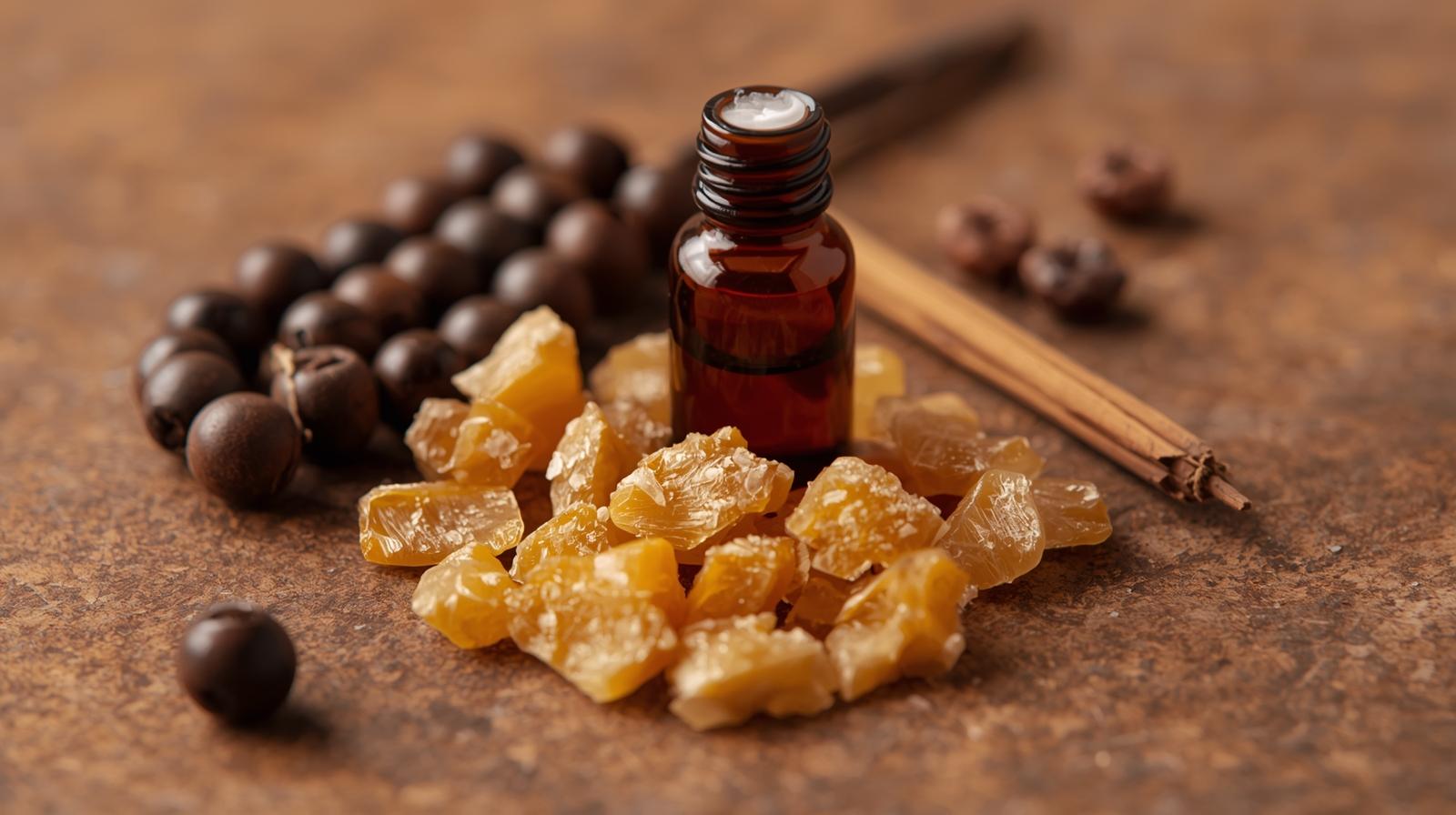Curiosity about crafting your very own soap is on the rise, and I’m here to help you navigate the fragrant world of essential oils. It’s not just about concocting a cleaning bar; it’s about the experience, the aroma, and the many perks that come with it. What exactly are essential oils? They are potent plant…
Soap Dish for Cold Process Soap
I just love this Soap Dish!! This soap dish is perfect for handmade soap that needs to drain you can find this one by clicking on the link. It is available in several colors.
Using Honey In Soap Making
I’ve always been fascinated by the natural ingredients that elevate our daily skincare routine – and honey is a real game-changer. Packed with moisturizing properties, honey isn’t just a staple in the kitchen; it’s a powerhouse in soap making. When infused into soap, honey attracts and retains moisture, which is exceptionally beneficial for keeping skin…
Life’s a beach soap
The Life’s a Beach soap was probably my 3rd best-seller. After the Egyptian Musk and the Blackberry Orange. I also sold a lotion, perfume oil, and bath salts all with this scent that was created from scratch. The image below shows a very tropical-looking soap! This is done with layering, and placement of a previously…
Coconut Soap
This coconut soap recipe was maybe not the best seller in the store, although blends that had a coconut scent were better sellers. Also, the toasted coconut scent sold better than the non-toasted scent. My best seller with a coconut scent in it was Life’s a Beach! Coconut soap recipe:
Anise
I will be using the #1 Basic Soap Recipe for this easy soap-making recipe with Anise essential oil which is natural and smells like licorice. This scent is considered to be a great kitchen bar as it is known to reduce odors on the hands from fish, onions, etc. Also considered to be an awakening…
natural pain relievers
There are natural pain relievers headaches, joint pain, muscle pain, and more. These natural ones are derived from a singular or combination of essential oils and other plant materials. I personally have used a natural essential oil pain reliever for years! Even if any essential oil does not work completely on your pain, this is…
Body butter
Making body butter recipes is very similar to making lotion. The amounts of waxes, oils, butter and water will change – a lot! I was shocked by the amount of water in lotions, and this formula or recipe is going to be very similar for all those store brands that we pay lots for. Literally,…
Essential Oil Blends for Healing & Well-Being
The Healing Power of Essential Oils Essential oils have been used for centuries to promote wellness, balance emotions, and support the body’s natural healing process. By incorporating aromatherapy into your daily routine, you can enjoy the soothing, uplifting, and restorative benefits of nature’s pure plant essences. Whether you’re diffusing oils for relaxation, blending them into…
Perfume oils
One of the funnest, easiest, and probably cheapest things I have made for events was to make your own perfume oils. I usually bottled up the top 10 best-selling soap scents into perfume oils. These were fairly popular and were sold for $12.95 each.
